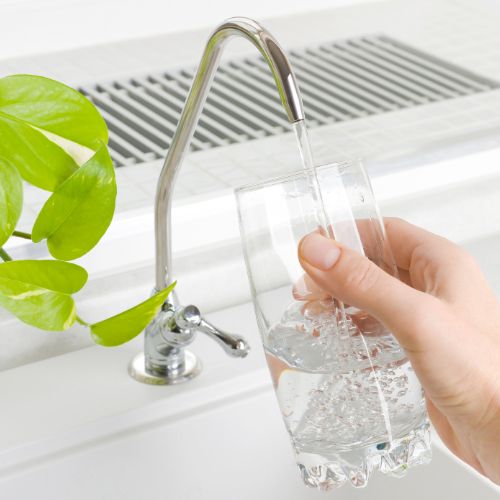The Best Top Rated Countertop Reverse Osmosis Systems

The Best Top Rated Countertop Reverse Osmosis Systems
For your drinking water to be free of impurities like germs, pesticides, chlorine, and lead, water filtration is essential. Being able to drink clean water will improve its taste and quality while also lowering the chance of contracting waterborne infections.
Initially created for industrial water treatment and desalination, reverse osmosis technology dates back to the 1950s. Because of its efficiency in eliminating a variety of pollutants, it has been improved and tailored for residential usage throughout the years, growing in popularity as a method of purifying water at home.
When it comes to protecting the water from big particles, sediments, and chlorine, pre-filters are the first line of defense in a RO system. In addition to extending its longevity, this shields the RO membrane from harm.
Reverse Osmosis Membrane
Central to the system is the RO membrane. Heavy metals, dissolved solids, and other minute impurities are eliminated using a semi-permeable barrier, leaving behind extremely pure water.
In order to ensure that the water is pure and enjoyable to drink, post-filters—like activated carbon filters—further refine it by eliminating any last traces of taste and odor pollutants. To make the purified water easily accessible whenever needed, some countertop RO systems come with a tiny storage tank.
By applying pressure on a semi-permeable membrane, reverse osmosis functions. Salts, germs, and poisons are blocked by the membrane, but water molecules are able to get through. For ordinary use, basic systems are cost-effective and provide the necessary filtration stages. Higher levels of purification and mineralization are achieved by advanced systems that incorporate extra filtration stages like UV sterilization or alkaline filters.
A system's filtration capacity, which is commonly expressed in gallons per day (GPD), is the amount of water it can filter before its filters need to be changed.
Bottle or pitcher filling time is influenced by water output, which is the rate at which clean water is generated.
The ratio of cleansed water to wasted water is called efficiency. By generating more filtered water with less waste, modern systems strive for maximum efficiency.
With their convenient access to clean drinking water and no need for permanent installation, countertop reverse osmosis systems are perfect for residential use. These systems can help small offices ensure that workers have access to clean water without having to wait for supplies of bottled water.
The safety and flavor of drinking water are greatly enhanced by RO systems, which efficiently remove a variety of impurities.
Renters, tourists, and small places can benefit from these systems because they are portable and simple to install.
With RO systems, you can cut costs over time by eliminating the need for bottled water, even if the initial investment may be more than with conventional filters.
In addition to lowering plastic waste and the carbon footprint related to the production and delivery of bottled water, RO systems also lessen the need for bottled water.
In extremely tiny kitchens, countertop RO systems could not be practical due to their need for counter space and a faucet connection.
For optimum efficiency and long-term durability, routine maintenance is necessary, such as cleaning the system and changing the filters.
Users can monitor filter condition, water quality, and system performance with smartphone apps on smart RO systems thanks to their digital controls and connectivity.
Sustainable RO systems are made possible by innovations such as water-saving technologies and the use of environmentally friendly materials.
New materials and technologies to increase water purification are anticipated to be incorporated into RO systems in the future, increasing their efficacy and efficiency.
The market for superior, environmentally friendly water filtration solutions is projected to increase as people become more concerned about their health and the environment.
Under-sink systems can manage bigger amounts of water and are more permanent than countertop systems, which are also easier to install. Availability of space and personal needs will determine the decision.
Adjusting the system settings in accordance with the user handbook, cleaning or replacing filters, and inspecting connections for leaks are some possible solutions.
Depending on the quality and usage of the water, pre-filters should be changed every 6 to 12 months, the RO membrane every 2 to 3 years, and post-filters once a year. While most tap water sources may be treated with countertop RO systems, highly contaminated water may need further pre-treatment.


